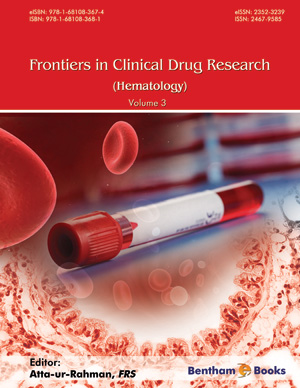Abstract
Murine models of cadmium induced anemia (50 ppm and 1000 ppm CdCl2 in drinking water) and autoimmune hemolytic anemia (AIHA) were compared to gain a holistic understanding of the modulation of erythroid homeostasis in anemia. Our results indicated completely contrasting changes in the modulation of erythroid homeostasis in the two forms of anemia. The novel DIB (double in vivo biotinylation) technique developed in our laboratory revealed that older erythrocytes with significantly high level of intracellular reactive oxygen species (ROS) were preferentially more prone to elimination in CdCl2 fed mice, indicated by a significant decline in the relative proportions of older erythrocytes along with a concomitant increase in the proportion of young erythrocytes in circulation. On the contrary, in mice with induced AIHA, selective susceptibility of younger erythrocytes was observed, with more autoantibody binding and highest accumulation of intracellular ROS. Cadmium exposure resulted in a significant yet transient reticulocytosis, whereas an acute reticulocytopenia was observed in autoimmune anemia. Erythropoietic activity in the bone marrows (BM) and the spleen of anemic mice were examined by monitoring the relative proportion of erythroid cells at various stages of differentiation in these organs. Results indicate a suppressed BM erythropoietic activity in both the models of anemia. In cadmium-induced anemia the early erythroid precursors (proerythroblasts) suffered the maximum, while in AIHA-induced mice the later stages of erythroid differentiation (erythroblasts C) were affected the most (50% decline). These populations also showed high intracellular ROS level along with enhanced apoptotic response. A stress erythropoietic response in spleen was seen in mice with induced AIHA, which was however absent in cadmium induced anemia (though increased erythropoietic activity in the early stages of differentiation was evident in spleen).
Keywords: Anemia, Autoimmune hemolytic anemia, Autoantibody, Cadmium, Double in vivo biotinylation, Erythrocyte turnover, Erythropoiesis, Flow cytometry, Mouse models of anemia, Reactive oxygen species.




















